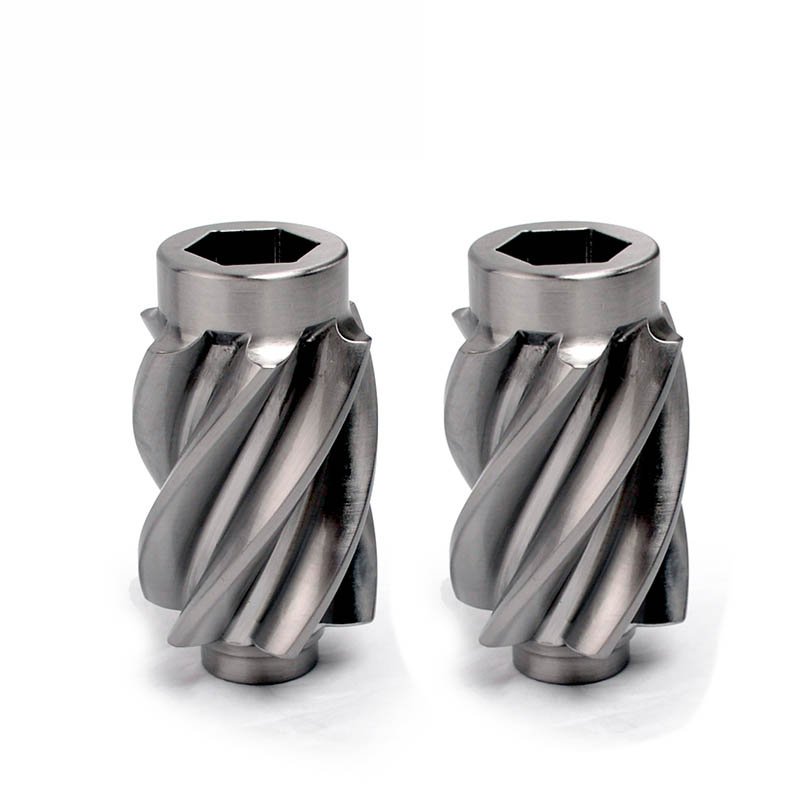
Several companies dedicate significant research efforts to designing better inserts, coatings, and alloys to increase tool life and performance. Because there are a variety of insert designs, selecting the insert that’s appropriate for the material being machined is crucial. Attempting to machine a hard material using a tool meant for softer materials — while using the same speed and feed values — can break the tool or damage the workpiece
One key part of materials engineering for CNC turning tool inserts is crystal orientation. In magnified images taken through a microscope, the individual crystalline areas in the material, known as grains, can be analyzed. The structure, size, and orientation of these grains result from the material composition (alloy) and the way the material is made or modified by heat treatments and various other processes. These grain sizes and orientations are linked to mechanical properties.
A comparison between the microstructure of a typical alumina coating for CNC turning inserts and the microstructure achieved with a technology from Sandvik called Inveio® is shown in the figure below. The typical coating has a random crystal structure, while Sandvik’s technology results in unidirectional crystals. This change in the microstructure improves crater wear and flank wear resistance and results in improved heat transfer during machining. As such, a unidirectional crystal structure helps the cutting edge stay in shape longer, improves wear resistance and tool duration, and significantly reduces machining costs.